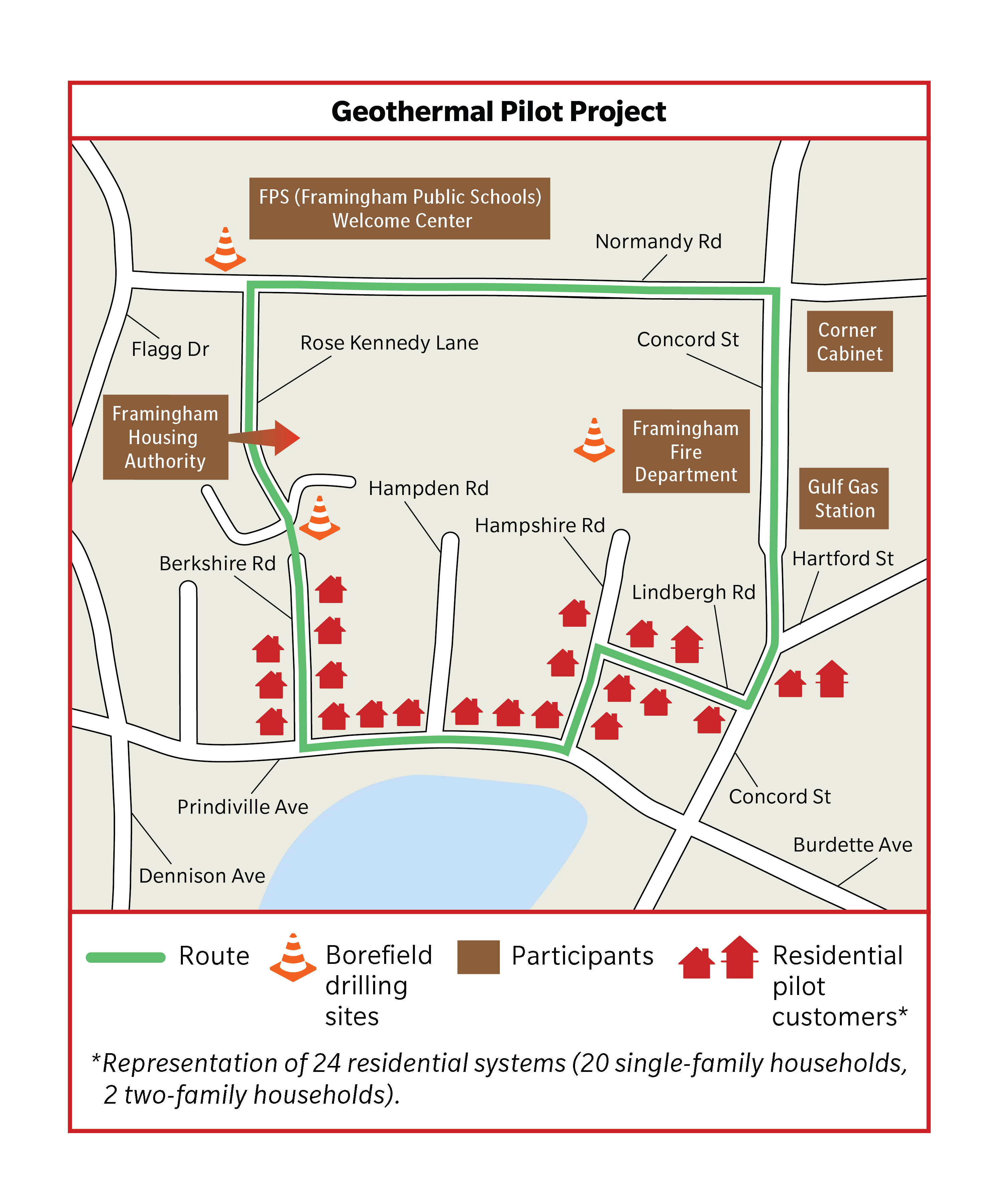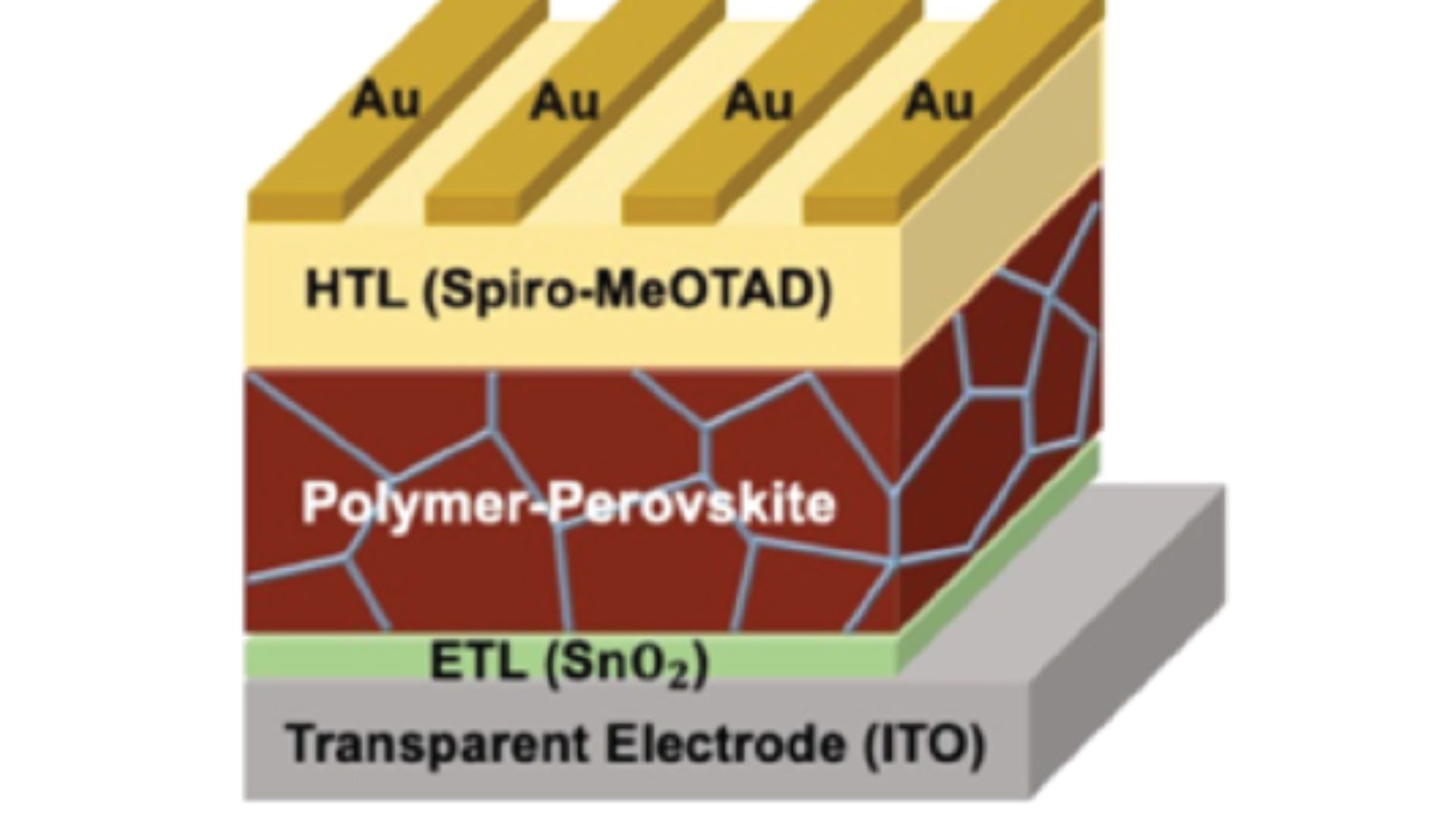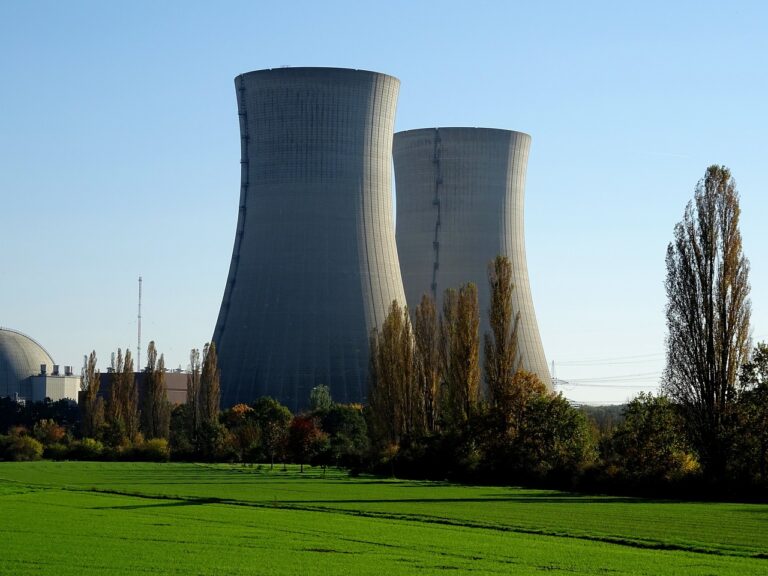Massachusetts Geothermal Pilot Offers Clean Heat Dreams—But Can It Scale?
Eric and Jennifer Mauchan’s Framingham, Massachusetts, home—featured in a CNN report—once epitomized New England’s energy paradox: sweltering summers with window ACs guzzling power, winters with gas heating bills soaring to $400. Now, their house is part of a groundbreaking experiment—Eversource’s networked geothermal system, the first gas utility-led project of its kind in the U.S. While advocates hail it as a fossil fuel exit ramp, skeptics question whether this “thermal revolution” can transcend its boutique pilot status.
The Innovation: Tapping Earth’s Endless Battery
As CNN reported, Eversource’s system drills 88 boreholes 600 feet deep, installing an intricate network of pipes filled with a water-antifreeze mixture to harness Earth’s stable underground temperatures (50–60°F year-round). Heat pumps in homes amplify this energy for heating or cooling. The setup eliminates gas hookups, cuts carbon emissions by up to 60% (per Eversource estimates), and promises 15–20% lower bills long-term. For the Mauchans, the project bypassed $100,000 in upfront geothermal retrofit costs.
“We’re proving utilities can pivot from gas to geothermal without leaving customers behind,” Nikki Bruno, Eversource’s VP of Clean Technologies, told CNN.
A Blueprint for the Gas Utility Graveyard?
Eight states, including Massachusetts, have passed laws allowing gas utilities to transition to “thermal utilities,” with 30 companies exploring the model, CNN noted. HEET, a nonprofit advising Eversource, calls it a “win-win” for climate and consumers. “We’re sitting on a goldmine of wasted thermal energy,” HEET’s Zeyneb Magavi told CNN.
Jeff Tester, a Cornell geothermal expert interviewed by CNN, emphasized scalability: “Campuses like ours have used this for decades. The challenge isn’t tech—it’s cooperation between utilities, regulators, and homeowners.”
Costs, Grid Realities, and the “Pilot Paradox”
Despite the optimism, hurdles persist. While Eversource covers retrofits for now, standalone geothermal systems cost 20,000–20,000–50,000—prohibitively expensive without subsidies, CNN reported. Critics also note the system’s reliance on New England’s gas-heavy grid. “Calling it ‘fossil-free’ is misleading,” said energy analyst Clara Ruiz. “Emissions are just shifted, not eliminated.”
Scalability remains contentious. Framingham’s suburban layout is ideal, but replicating this in dense cities like Boston or rural areas could be a logistical nightmare, experts told CNN.
A Warm Start—But the Road Ahead Is Rocky
Eversource’s pilot, highlighted by CNN, offers a fossil-free vision, with the Mauchans’ cozy winters symbolizing its promise. Yet, the project’s success hinges on two years of data proving cost savings and reliability. Even if successful, mass adoption requires policy muscle and grid modernization.
As Jennifer Mauchan told CNN, her neighbors are “envious” and asking, “When will it expand?” The answer may determine whether geothermal becomes a novelty or a national template.
Key Takeaways
- Innovation: Eversource’s networked geothermal system, as reported by CNN, cuts emissions by 60% and promises long-term savings.
- Optimism: States and utilities are exploring thermal utility laws, per CNN’s coverage.
- Challenges: High costs, grid dependencies, and scalability issues remain barriers.
- Next Steps: Policy support and public buy-in are critical for scaling.






